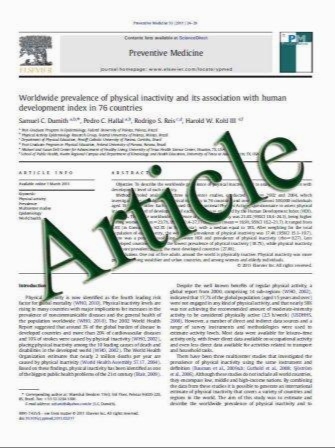Locally-administered Intrathecal Thrombolytics Following Aneurysmal Subarachnoid Hemorrhage: A Systematic Review and Meta-analysis
- نوع فایل : کتاب
- زبان : انگلیسی
- مؤلف : Andreas H. Kramer • Jeffrey J. Fletcher
- چاپ و سال / کشور: 2011
Description
Background The volume and clearance rate of blood in the basal cisterns and ventricles are important predictors of complications following aneurysmal subarachnoid hemorrhage (SAH). Thus, there is a strong rationale for interventions aimed at accelerating the clearance of blood. Methods We systematically searched MEDLINE, EMBASE, Cochrane databases, references of review articles and gray literature sources to identify randomized controlled trials (RCTs) assessing the efficacy of locallyadministered, intrathecal thrombolytics in patients with SAH. Primary outcomes included the occurrence of poor neurologic recovery and delayed neurologic deficits (DNDs). Secondary outcomes included angiographic vasospasm, chronic hydrocephalus and treatment-related complications. Data were extracted and appraised independently and in duplicate, using standardized forms. Fixed or random effects models, as appropriate based on the degree of study heterogeneity were applied to calculate summary measures. Results Five RCTs, enrolling 465 patients, met eligibility criteria. The methodology, results and risk of bias varied considerably across individual studies. Overall, use of intrathecal thrombolytics was associated with significant reductions in the development of poor outcomes (OR 0.52, 0.34–0.78, P < 0.01), DNDs (OR 0.54, 0.34–0.87, P = 0.01), angiographic vasospasm (OR 0.32, 0.15–0.70, P < 0.01) and chronic hydrocephalus (OR 0.33, 0.15–0.74, P < 0.01), without any increment in hemorrhagic or infectious complications. These findings were dampened by the exclusion of a study which concomitantly administered intrathecal vasodilators and thrombolytics. Conclusions Current data suggests that intrathecal thrombolytics improve outcomes following SAH. However, there are important limitations to existing RCTs, with considerable risk of bias. Further standardization of techniques and evaluation in larger, more rigorous RCTs is required.
Neurocrit Care (2011) 14:489–499 DOI 10.1007/s12028-010-9429-z Published online: 26 August 2010


